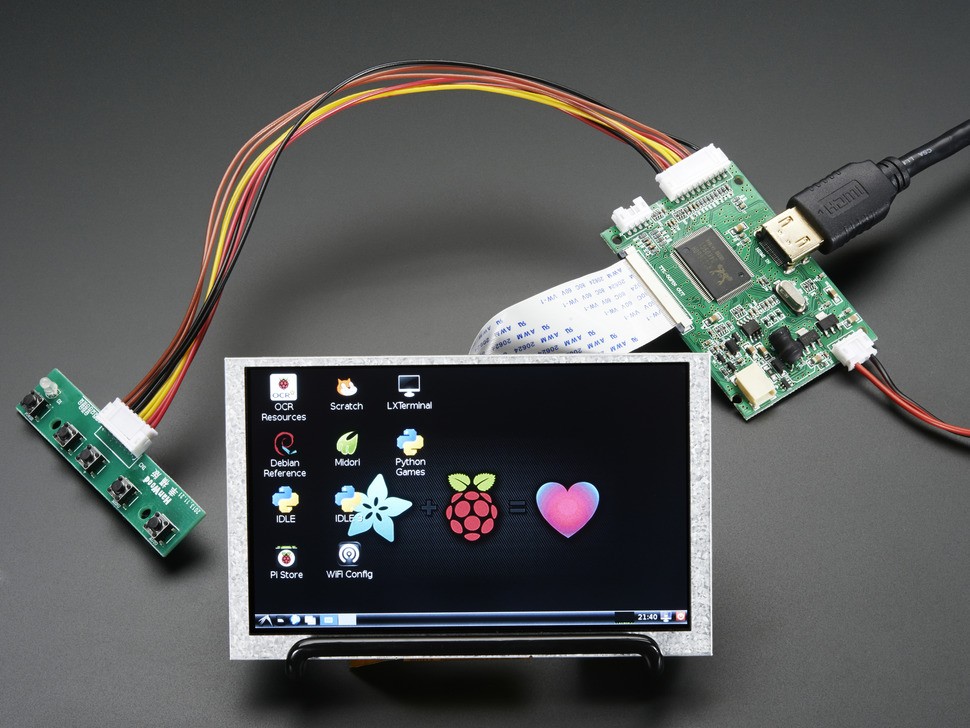

Suitable for bus cycle times of 50 to 100 ms (not real-time).Projection replaces programming of the system.Control is carried out on the basis of a small number of input signals.In the following, some specifications for PROFINET CBA: PROFINET CBA is used in the field of autonomously functioning plant units where the design is identical or can be changed easily. As it pursues setting up of distributed automation on the basis of Ethernet-TCP-IP and thus distributes a task to different devices, Profinet CBA is not suited for real-time applications. This component model permits data exchange/communication between intelligent automation devices. Profinet CBA is generally known as the “source variant” of the technology. PROFINET was further divided into the performance classes of TCP/IP, RT, and IRT.

The variants are called CBA (Component-Based Automation) and IO (decentralized periphery). To meet the most demanding requirements for the speed of data transfer (in real-time) - the PROFINET technology has a modular base and is thus composed of two variants, with the main difference in the type of data exchange. It does not matter whether it is clock-synchronized motion control applications, drive technology, building automation, process automation, or manufacturing technology, as PROFINET permits fast data exchange via Ethernet networks in connection with industrial IT tasks. The PROFINET technology (PROFINET = Process Field Network) was developed based on the Ethernet-TCP/IP by PROFIBUS & PROFINET International and offers fast real-time data communication via existing Ethernet networks in the field of industrial communication. The designations RT and IRT describe different real-time characteristics of the communication within PROFINET IO. PROFINET IO is thus a real-time-enabled data transfer and thus can also be used in high-performance drives. PROFINET has been developed for real-time (RT) and clock-synchronized communication IRT (IRT = Isochronous Real-Time) with the decentralized periphery.


 0 kommentar(er)
0 kommentar(er)
